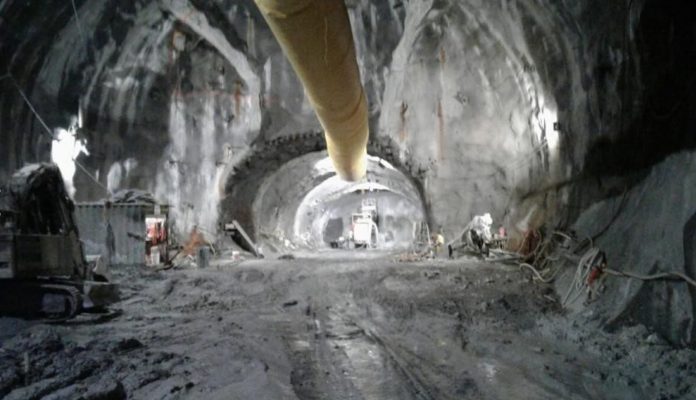As the first phase of Ottawa’s Light Rail Transit (LRT) system takes shape, planning has been advancing for later stages – and Mayor Jim Watson has suggested a vision for the disused Prince of Wales bridge that could thwart an ambitious initiative to create a privately operated interprovincial commuter rail system.
On the Confederation Line, all 13 stations are now under construction, with work nearing completion on the eastern stations and advancing on western sites including the Tunney’s Pasture, Bayview and Pimisi Stations.
Watson said in a published interview that he is excited that the progress on the city’s LRT system will continue and expects there will be a commitment from the federal government for Phase 2 soon.
“It’s just a matter of time, crossing T’s and dotting I’s,” he told Metro Ottawa in a December interview. This stage will include 22 new stations, and an extension of the LRT east to Trim Rd. and west to Bayshore or Algonquin College. As well there are plans for an extension of the Trillium line south to serve Riverside South and the airport.
The city has also funded an environmental assessment to expand the line to Kanata, which Watson calls Phase 3.

However, what he describes as Phase IV is probably most contentious to the private sector consortium that sees the Prince of Wales bridge across the Ottawa River as the key asset in its commuter rail initiative.
The MOOSE Consortium has proposed a network linking 16 eastern Ontario and western Quebec municipalities – and appealed to the Canadian Transportation Agency (CTA) this summer after the City of Ottawa dug up about 250 metres of federally regulated rail line as it constructs the Bayview Light Rail Transit (LRT) station.
MOOSE director general Joseph Potvin says the CTA hasn’t released a decision yet. His group’s proposed system would not be compatible with the city’s LRT trains. He had envisaged that there could be a transfer point between the two systems at the Bayview station, but the two systems cannot operate on the same tracks.
MOOSE says it wants to build the rail system without any public subsidies or funding as the first new Canadian metropolitan passenger railway company in 125 years. (It has submitted its development application to the CTA and is awaiting the go-ahead decision.)
MOOSE plans to earn revenue by charging fees for station stops to owners and to tinvest in communities linked by the rail system, who would see their property values increase if the system is put into operation.

